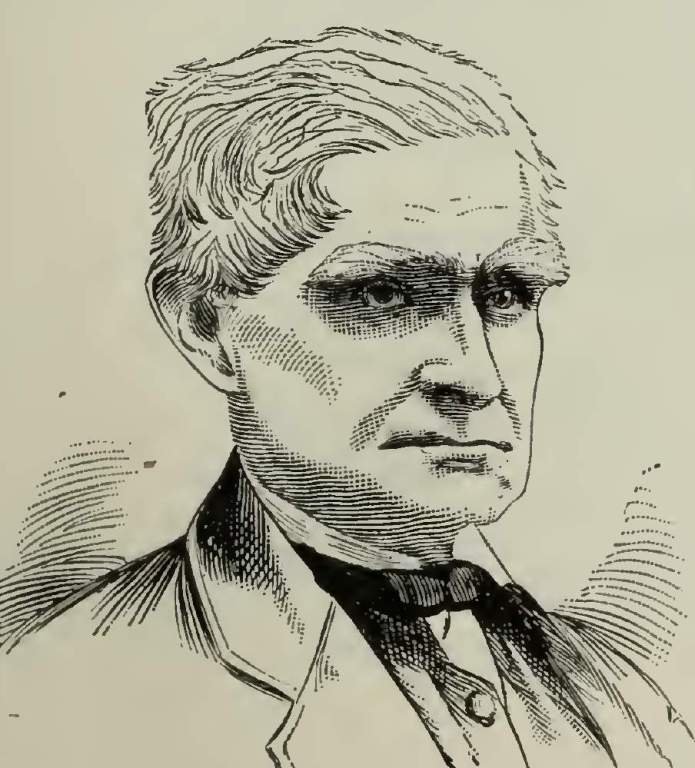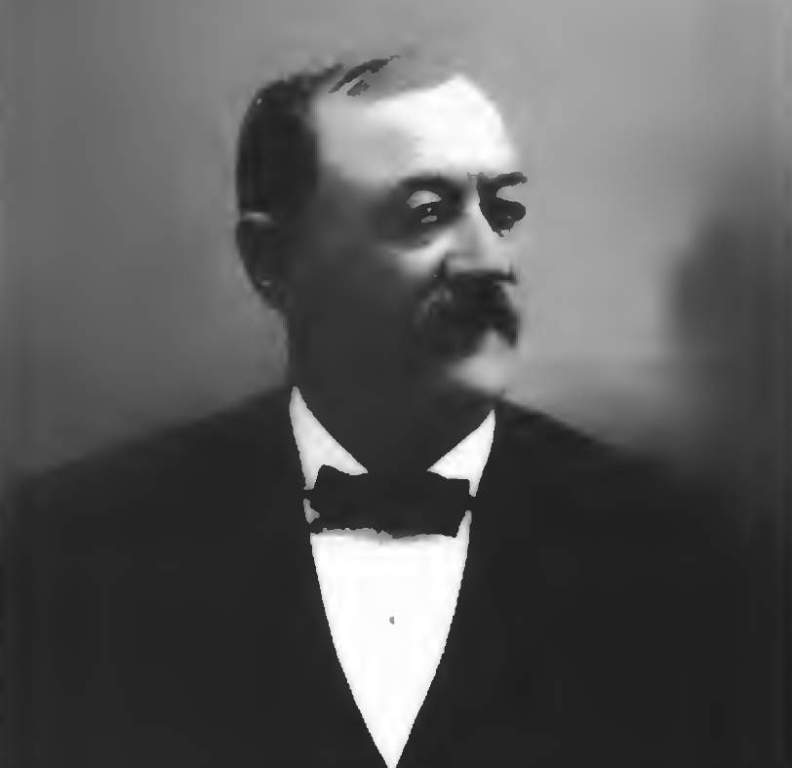/ month
placeholder text
Post List
Editor's Picks
8 Steps Toward a More Satisfying and Happy Life?
The purpose of this post is to lift your...
The Inseparable Tiger and Lion Cubs Snuggling up to Bunnies
In the Japanese zoo, a pair of newborn cubs...
Secret Tunnel Full of Vintage Cars and Motorbikes
The Naples 19th Century Secret Tunnel Full of Vintage...
Dutch Architect Plans First 100% Eco City Complete with Tree-Scrapers
This is the latest concept of how we'll live...
This Is What to Do With Wedding Flowers After Your Ceremony
Sometimes, flowers are all you need. That's what the...
Sanxiantai – A Natural Wonders of Taiwan
Sanxiantai is an area containing a beach and a...
Lake Anjikuni – The Mysterious Vanishing Village
Lake Anjikuni is an incredible phenomenon when the entire...
Most over’s bowled in a single Test series?
Australian magician leg spinner Shane Warne, bowled 439.5 over’s...
Glimpse of Southern Norway by Morten Berg
A glimpse of Southern Norway by Morten Berg. In...
Don't Miss
Fish Oil Benefits – Helps in Prevent Alzheimer’s
Recent research shows that fish oil benefits prevent Alzheimer's...
Storage Checklist Melbourne
Melbourne, Australia’s coastal capital of Victoria, is a hub...
The Okanagan (Sinkaietk)
The Okanagan, centered around the Okanogan River (spelled Okanagan...
Painted Honeyeater (Grantiella picta)
The painted honeyeater (Grantiella picta) plumaged is contrasting black,...
The Power of Instagram Likes: How They Influence Social Media Success
The Power of Instagram Likes: How They Influence Social...
What’s the Best Pillow for Side Sleepers?
What’s the Best Pillow for Side Sleepers?
When it comes...
Flowing Glass Sculptures Inspired with Ocean and Undersea Creatures
The talented artist K. William LeQuier makes spectacular, free...
A Promise of Forever: Meaningful Engagement Rings
A Promise of Forever: Meaningful Engagement Rings
Engagement rings are...
Deck Builders – Expert Decking Services for Your Outdoor Space
Deck Builders: Expert Decking Services for Your Outdoor Space
If...
Charismatic Planet © 2024 . All Rights Reserved.






